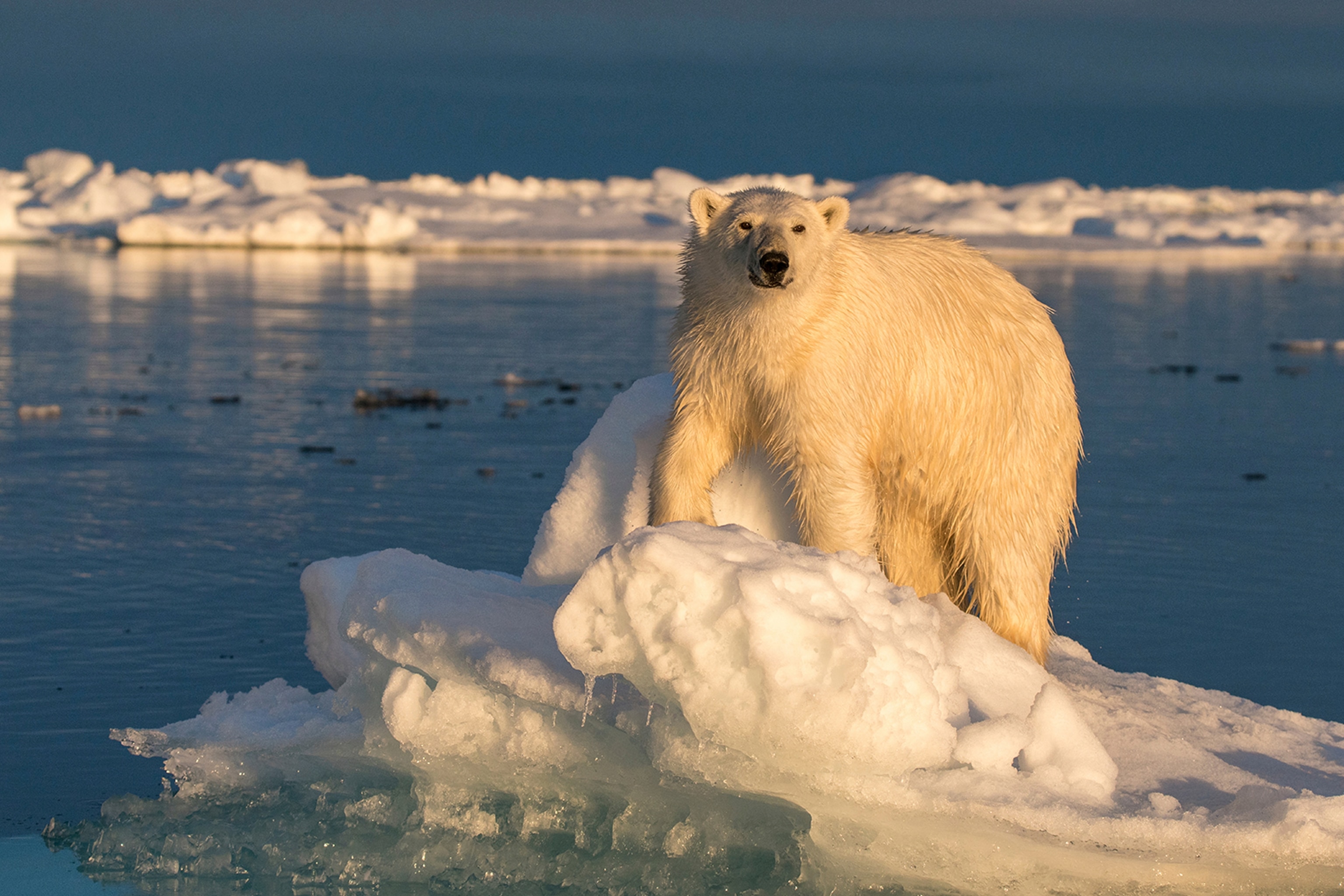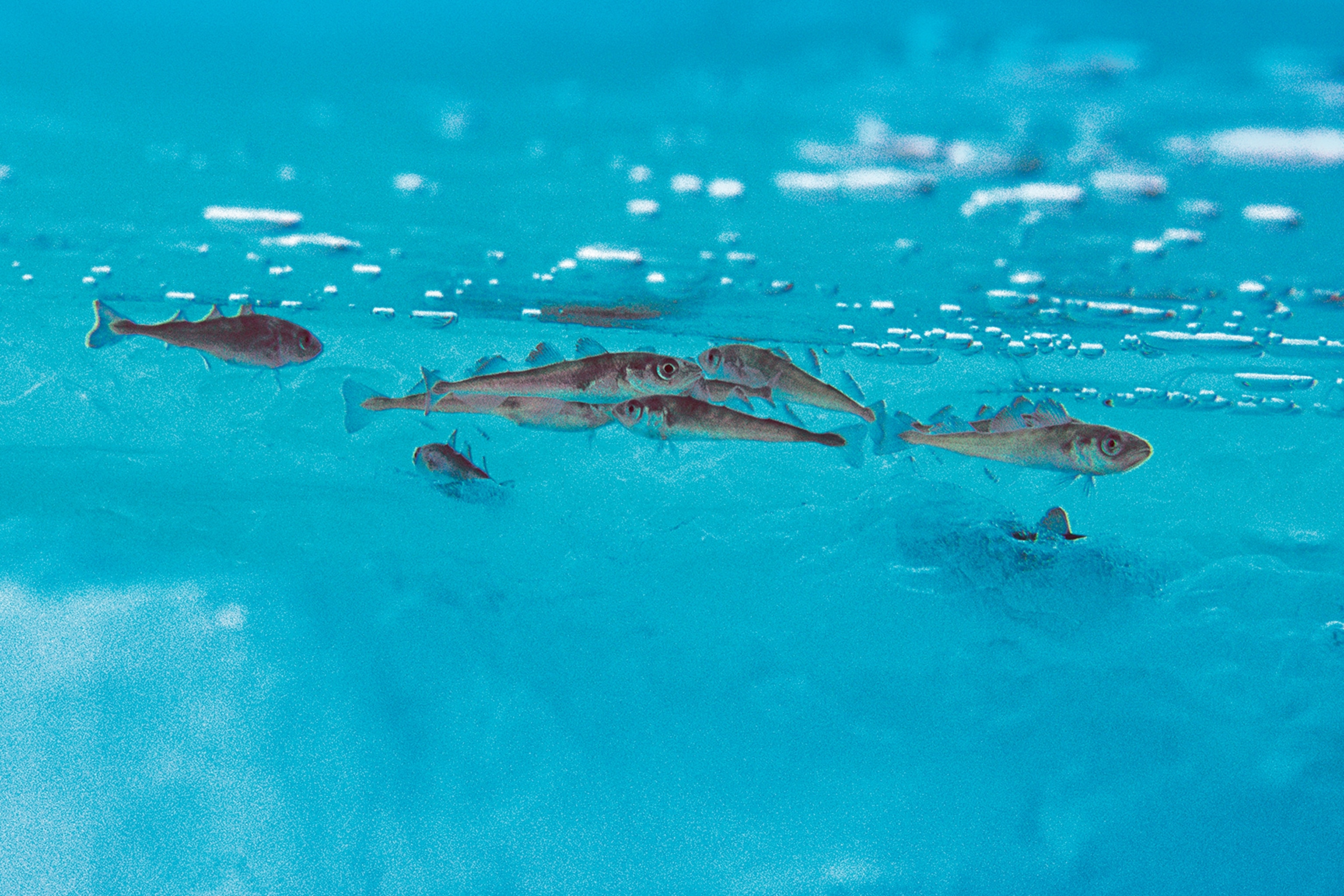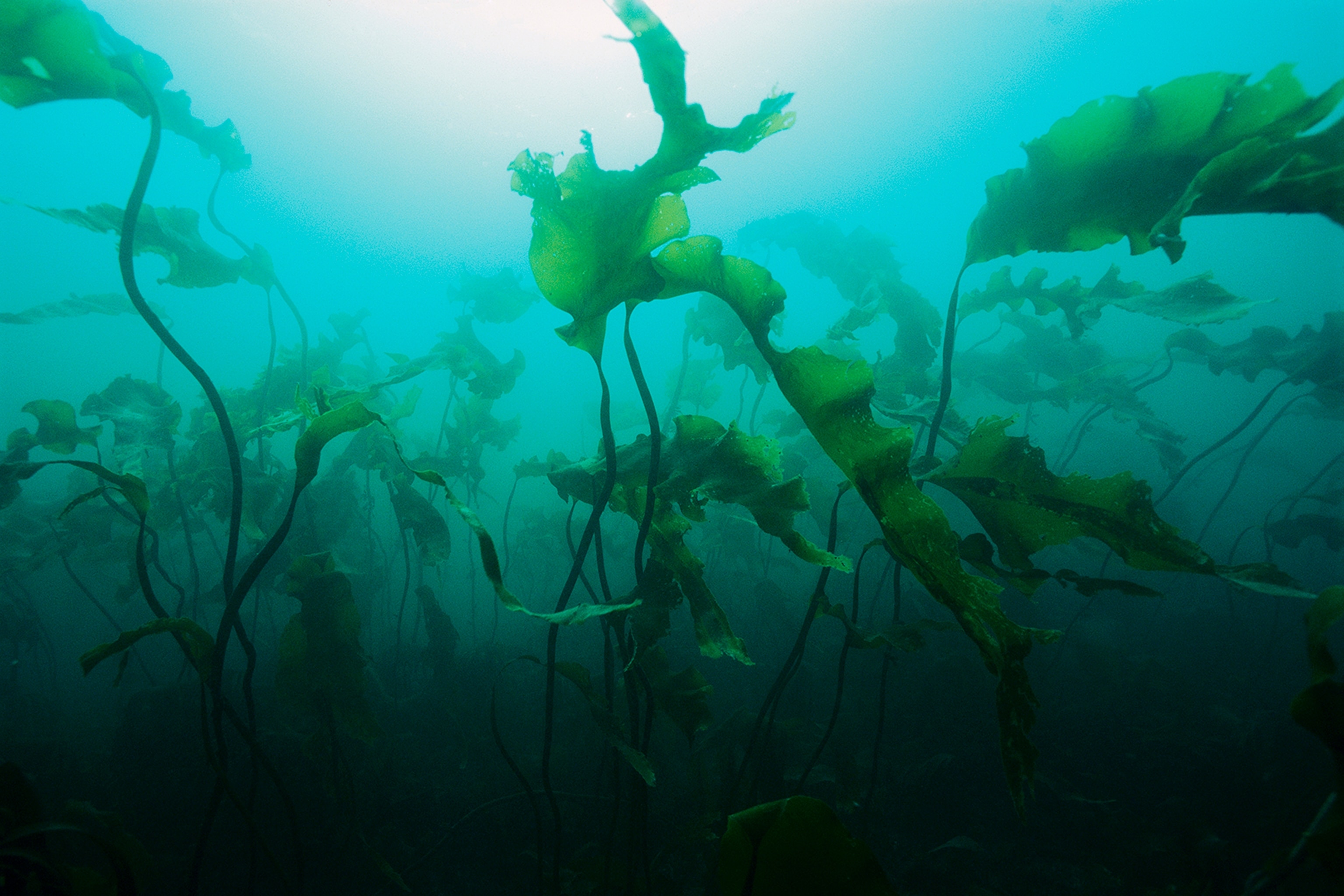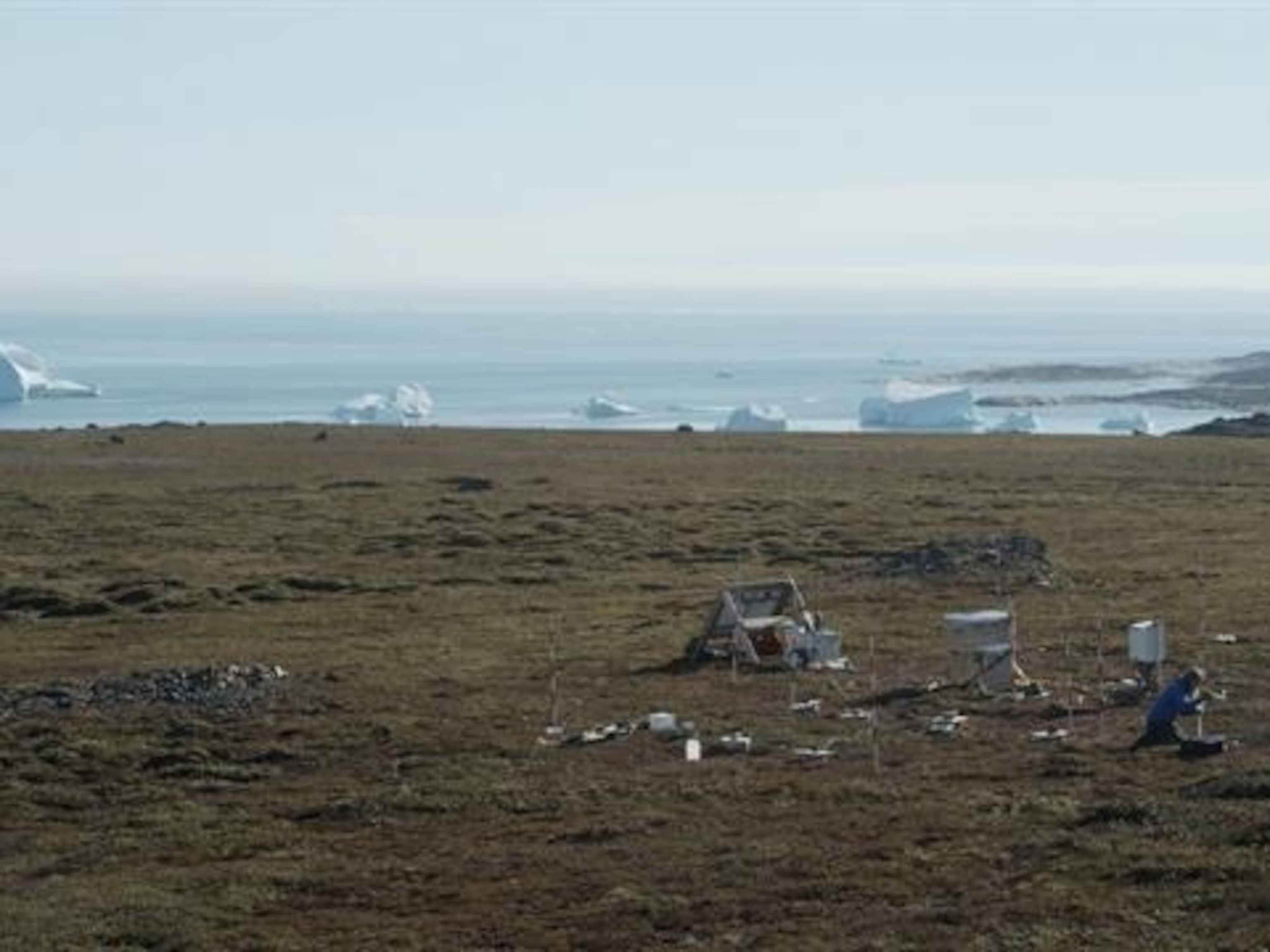
The biomimicry innovations inspired by Earth’s colder climes
From antifreeze proteins in fish blood to cleaner enzymes in marine microorganisms, Earth’s colder climes are teeming with remarkable innovations that humans are now learning to replicate.
Why don’t fish freeze in the Arctic? It’s the kind of question a child might ask—and until relatively recently, we didn’t really have an answer. Nature is full of such mysteries, providing conundrums for scientists and inspiration for superpower film franchises.
But in the last few decades, humans have not only identified the mechanisms behind such abilities—we’ve learned how to replicate them, giving birth to a whole new field of research and development combining science, technology, and engineering: biomimetics.
But back to those fish. Arctic surface water temperatures in the winter are around just above -1.8 degrees Celsius, which is about the freezing point of salt water. But fish blood freezes at around -0.9 degrees Celsius–which, on the face of it, doesn’t recommend the Arctic as a habitat. Unless, that is, you have antifreeze in your blood.
In the 1960s, molecular biologist Arthur de Vries discovered a protein in fish blood that prevents ice particles from forming, effectively lowering the temperature at which their blood freezes. What wasn’t understood at the time was how the protein actually worked.
It wasn’t until more than 40 years later that scientists figured out the molecular process behind it: the protein slows the usually breakneck bond-forming that occurs in water molecules, thus preventing them from forming ice crystals. That’s a pretty nifty trick, and one that’s far more efficient than the kind of antifreeze that’s commonly used on vehicle windscreens, which needs to actively bond with water molecules to work.
Today, antifreeze proteins (AFPs) are being developed for use across a range of product and service categories—from keeping ice cream soft and crystal-free, to preserving cells and tissue for biomedical research and treatments, to making super-durable concrete that’s resistant to freeze-thaw damage.
Polar bears have a very different method of not freezing to death—equally remarkable given they sometimes spend days at a time swimming in Arctic waters. They have three key adaptations that keep them warm—a thick layer of subcutaneous fat, black skin that absorbs the sun’s infrared rays and the bear’s own body heat, and finally, a dense, insulating undercoat and fur comprising hollow hair shafts that reflect light. It’s that last feature that researchers have used as an inspiration for the kind of cutting-edge materials that are evolving our exploration of space.

Polar bears are unique among mammals in that their hair is hollow—a feature that’s also responsible for their white appearance. The structure of each fiber has evolved to optimize heat retention and water resistance while remaining extremely lightweight and flexible—all desirable qualities in the class of ultralightweight materials known as aerogels.
Last year, a team of scientists at the University of Science & Technology of China (USTC) developed a carbon based aerogel that mimics the hollow structure of these hairs. By weaving together microscopic hollow carbon tubes, they were able to form a small block of material that was lighter than most other aerogels, while still offering better heat and water resistance than polar bear hair. Once researchers can replicate their laboratory production process at an industrial scale, the new material could see wide application in the aerospace and building industries.
And then there’s the link between cold water seaweed and laundry detergent. So called biological detergents have been using enzymes to improve washes since the sixties, and scientists are continually working to improve their performance—again looking to nature for inspiration. For Ariel, that meant turning to a tiny microbe that lives on seaweed…

The microorganism—a bacteria—uses the seaweed as a food source and a safe haven, binding itself to surface of the seaweed. When it is ready to move on, it releases an enzyme to “unstick’’ itself and drift off on the ocean current. Researchers at Newcastle University realized that the enzyme could be developed for use in consumer products.
That doesn’t mean scientists are harvesting seaweed to make detergent—the specific phosphodiesterase enzyme in nature provided a prototype from which the researchers, led by Ariel Research Fellow Neil Lant, and in collaboration with biotech partner Novozymes, were able to engineer a protein that would significantly improve the performance of Ariel’s biological laundry detergents. That process involved first identifying a similar enzyme with optimal performance from nature, then optimizing its amino acid sequence to get the required balance of stability and performance within liquid laundry detergent.
The end product is Purezyme—a patented enzyme that is highly effective at removing sticky soils from textiles, even in colder water, while breaking down harmlessly as it goes through wastewater treatment and back out into the water cycle.
Biomimetics reminds us of the sheer ingenuity of evolution. Not just in the miraculous properties that exist in nature, but in the fact that evolution brought forth a species—we humans—that can act as its agent, bringing that ingenuity into new arenas, from vehicles capable of traveling through space to pods we pop in our washing machines to clean our clothes.
And since nature is the source of all this innovation—including us—it’s urgent that we safeguard it. There are many small things we can do to make a difference. For example, In Europe, on average, up to 60 percent of the greenhouse gas emissions from laundry come from heating the water in our washing machines—more than packaging or ingredients. Dialing down the temperature by just a few degrees can dramatically reduce energy waste.



